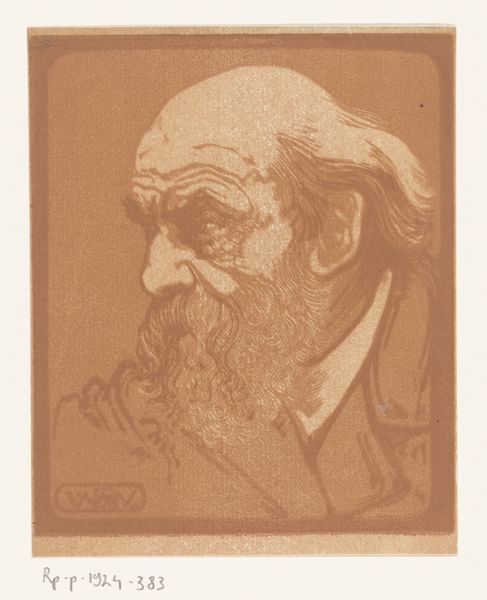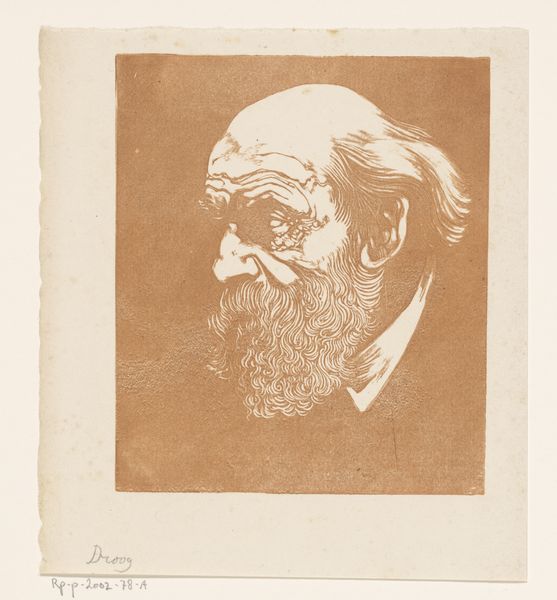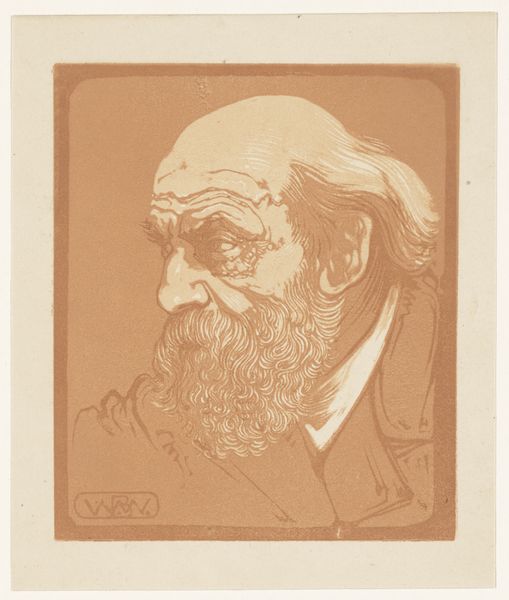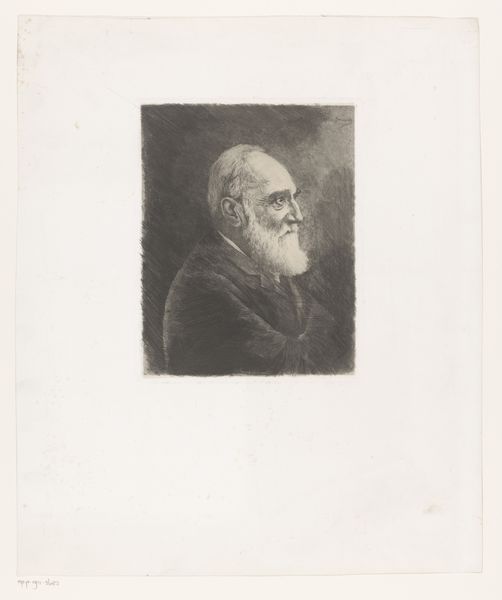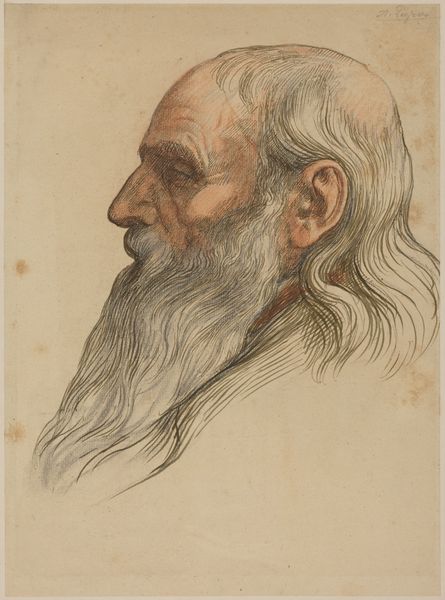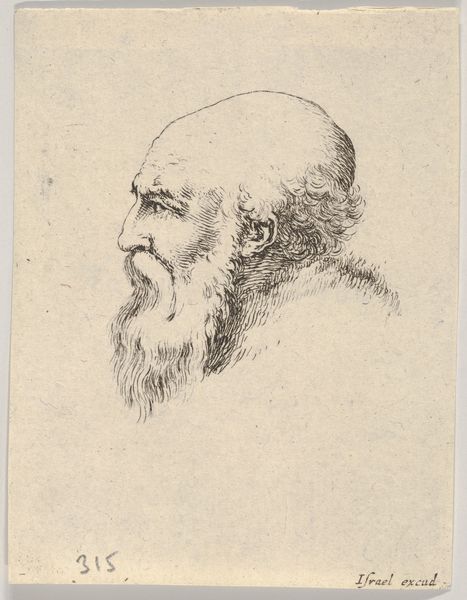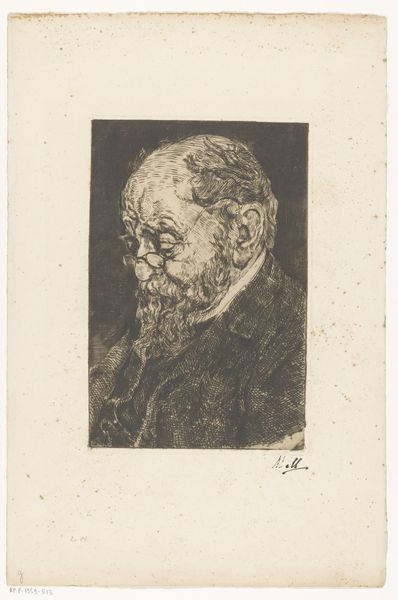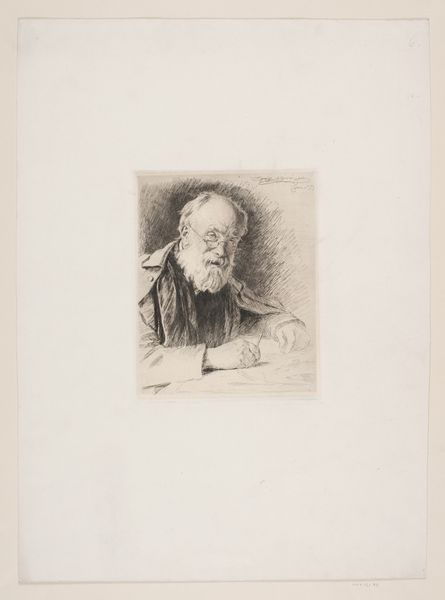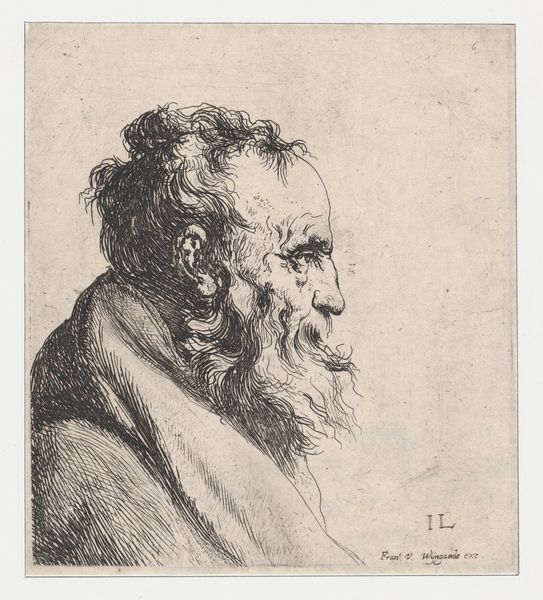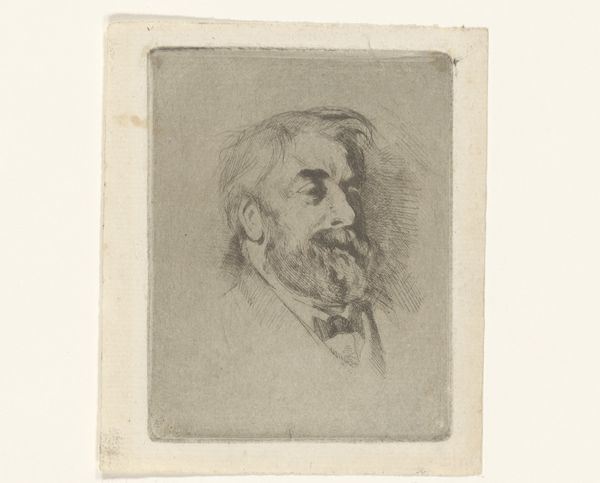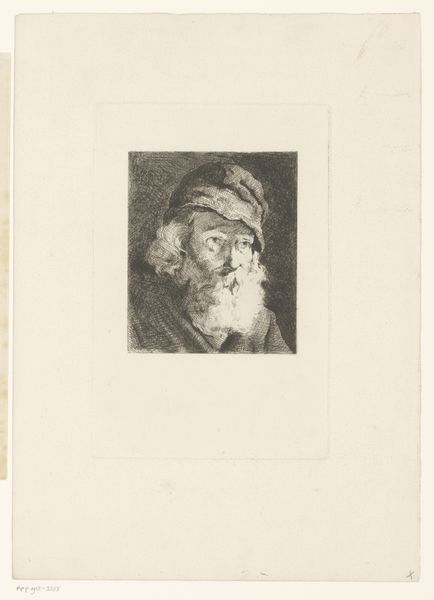
drawing, pencil
#
portrait
#
drawing
#
pencil sketch
#
pencil
#
realism
Dimensions: height 139 mm, width 125 mm
Copyright: Rijks Museum: Open Domain
Editor: This is Bernard Willem Wierink's 1918 pencil drawing, "Portret van Pierre Cuypers," currently housed at the Rijksmuseum. It's a striking portrait. I'm immediately drawn to the sitter's profound gaze. What do you see in this piece, especially given the context of its creation? Curator: I see a compelling depiction of power and societal influence reflected through the lens of portraiture. Cuypers was a significant architect, and this drawing captures him late in life, a time when architectural debates were shifting. Think about the ways Realism intersects with societal hierarchies. The artist situates Cuypers within a specific social stratum, one deeply involved in shaping the physical and ideological landscape of the Netherlands. Do you see how the artist uses line to convey not just likeness, but also a sense of authority? Editor: Yes, the precision of the lines around the face seems to suggest importance and conveys his expression. But I am intrigued; in what ways were the architectural debates shifting at this time? Curator: Cuypers was a leading figure in Neo-Gothic architecture, closely tied to Catholic identity. By 1918, modernism was gaining ground. So this portrait captures a figure at a turning point, where tradition and modernity clash. The drawing, as a medium, adds another layer, doesn't it? It is, perhaps, a more intimate and humanising depiction compared to a grand architectural statement. Editor: I hadn't thought about the impact of the medium itself. It almost feels like a softer take on a person of importance. Curator: Exactly. And considering the social function of portraiture during that era – to immortalise and project power – Wierink's work prompts us to question the relationship between individual representation, artistic style, and broader cultural shifts. What do you take away from our discussion? Editor: The drawing becomes a powerful commentary, reflecting how artistic style and social status interact during moments of cultural change. Thank you, that gives me a lot to think about!
Comments
No comments
Be the first to comment and join the conversation on the ultimate creative platform.

